Raising monarchs can be a beautiful and meaningful experience. But if done carelessly, it can also cause harm. That’s why we follow a set of simple but effective practices to raise monarch butterflies responsibly. These methods keep the caterpillars healthy, prevent the spread of disease, and allow us to contribute to real scientific research.
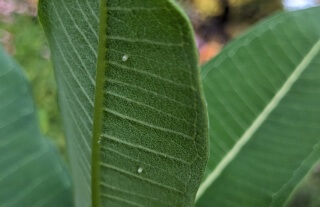
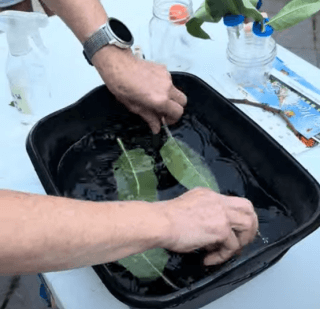
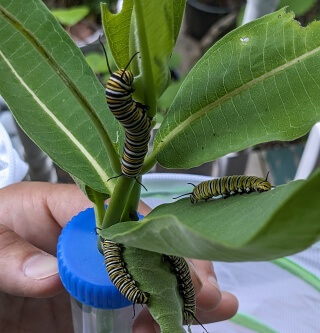
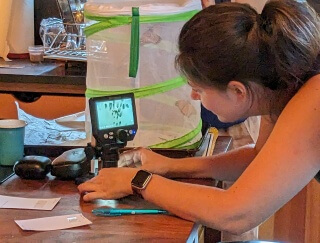
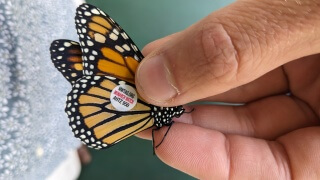
Want to know what’s happening in Midtown Brandywine? Join our mailing list for updates on events, neighborhood news, meeting highlights, and ways to get involved.